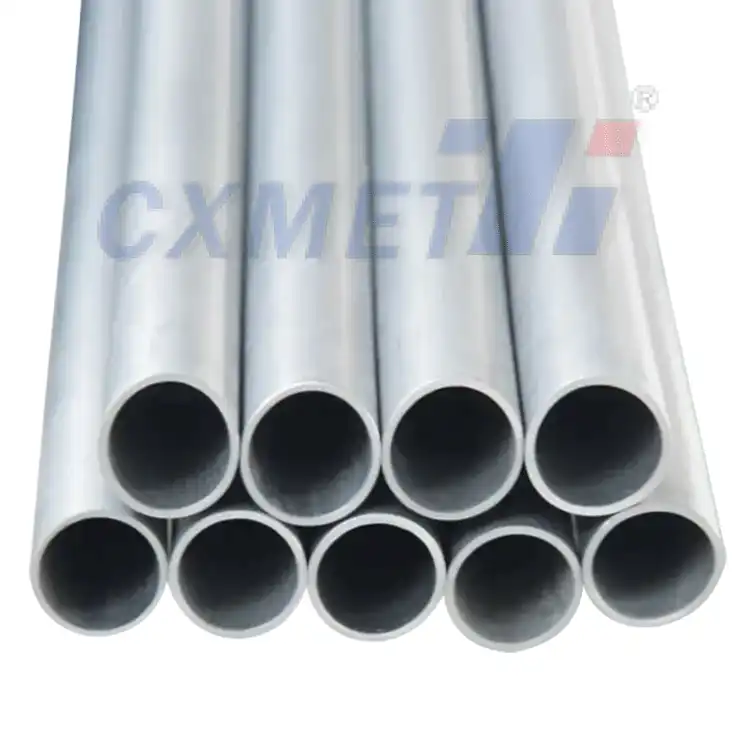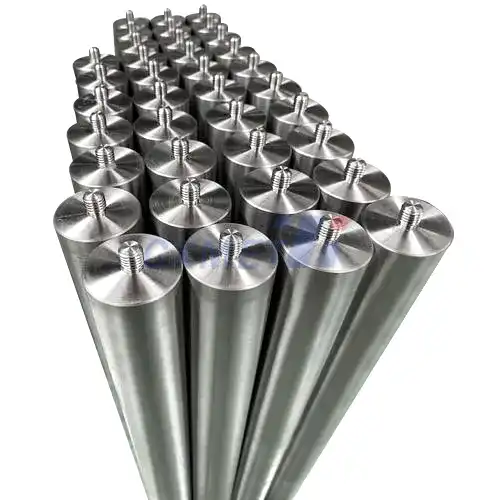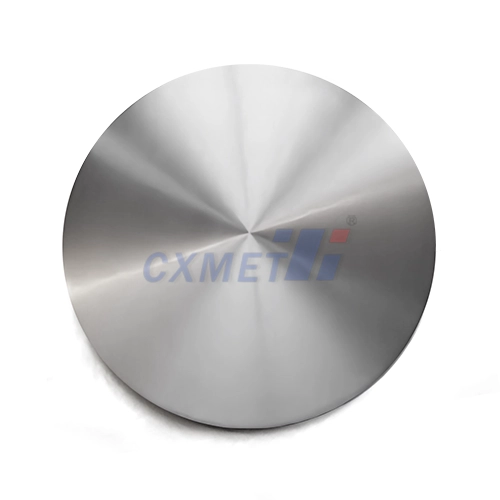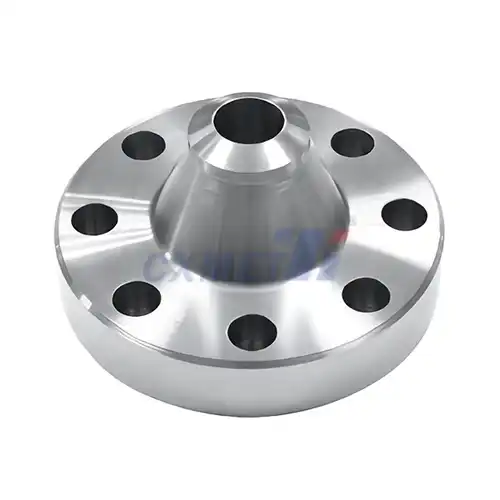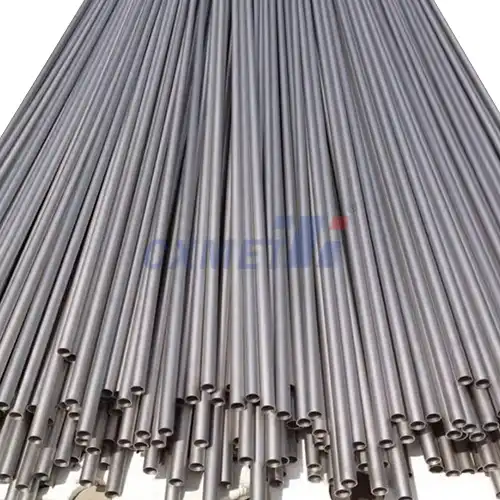- English
- French
- German
- Portuguese
- Spanish
- Russian
- Japanese
- Korean
- Arabic
- Greek
- German
- Turkish
- Italian
- Danish
- Romanian
- Indonesian
- Czech
- Afrikaans
- Swedish
- Polish
- Basque
- Catalan
- Esperanto
- Hindi
- Lao
- Albanian
- Amharic
- Armenian
- Azerbaijani
- Belarusian
- Bengali
- Bosnian
- Bulgarian
- Cebuano
- Chichewa
- Corsican
- Croatian
- Dutch
- Estonian
- Filipino
- Finnish
- Frisian
- Galician
- Georgian
- Gujarati
- Haitian
- Hausa
- Hawaiian
- Hebrew
- Hmong
- Hungarian
- Icelandic
- Igbo
- Javanese
- Kannada
- Kazakh
- Khmer
- Kurdish
- Kyrgyz
- Latin
- Latvian
- Lithuanian
- Luxembou..
- Macedonian
- Malagasy
- Malay
- Malayalam
- Maltese
- Maori
- Marathi
- Mongolian
- Burmese
- Nepali
- Norwegian
- Pashto
- Persian
- Punjabi
- Serbian
- Sesotho
- Sinhala
- Slovak
- Slovenian
- Somali
- Samoan
- Scots Gaelic
- Shona
- Sindhi
- Sundanese
- Swahili
- Tajik
- Tamil
- Telugu
- Thai
- Ukrainian
- Urdu
- Uzbek
- Vietnamese
- Welsh
- Xhosa
- Yiddish
- Yoruba
- Zulu
Is Gr7 Titanium Corrosion-Resistant?
2025-05-30 13:30:04
Gr7 Titanium Rod, also known as Gr7 Titanium, is renowned for its exceptional corrosion resistance properties. This high-performance alloy is widely used in various industries due to its ability to withstand harsh environments and maintain its structural integrity. In this blog post, we'll explore the corrosion resistance of Gr7 Titanium and answer some common questions about its properties and applications.
|
|
|
What are the main applications of Gr7 Titanium?
Gr7 Titanium finds its place in numerous applications across various industries due to its unique combination of properties, particularly its outstanding corrosion resistance. Some of the main applications of Gr7 Titanium include:
- Chemical Processing: Gr7 Titanium is extensively used in chemical processing equipment, such as reactors, heat exchangers, and storage tanks. Its excellent resistance to corrosive chemicals makes it ideal for handling aggressive substances, including chlorine, sulfuric acid, and hydrochloric acid.
- Marine and Offshore Industries: The alloy's exceptional resistance to seawater corrosion makes it a preferred choice for marine applications. It is used in desalination plants, offshore oil and gas platforms, and submarine components.
- Aerospace: While not as common as other titanium grades in aerospace, Gr7 Titanium is used in specific applications where corrosion resistance is crucial, such as in certain aircraft components exposed to corrosive environments.
- Medical Implants: Due to its biocompatibility and corrosion resistance, Gr7 Titanium Rod is sometimes used in medical implants, particularly in dental applications.
- Energy Sector: The alloy is utilized in power generation equipment, especially in components exposed to corrosive environments in geothermal and nuclear power plants.
The versatility of Gr7 Titanium stems from its ability to maintain its structural integrity and performance in environments where other materials would quickly deteriorate. Its resistance to pitting, crevice corrosion, and stress corrosion cracking makes it an invaluable material in applications where failure due to corrosion could have severe consequences.
Moreover, the alloy's low density, high strength-to-weight ratio, and excellent fatigue resistance further enhance its appeal in various applications. These properties allow for the design of lightweight yet durable components, which is particularly beneficial in industries where weight reduction is crucial, such as aerospace and marine engineering.
It's worth noting that while Gr7 Titanium excels in corrosion resistance, it may not always be the most cost-effective solution for every application. Engineers and designers must carefully consider factors such as the specific corrosive environment, mechanical requirements, and budget constraints when selecting materials for their projects.
How does Gr7 Titanium compare to other titanium grades in terms of corrosion resistance?
When comparing Gr7 Titanium to other titanium grades in terms of corrosion resistance, it's important to understand the unique properties that set it apart. Gr7 Titanium is known for its superior corrosion resistance, particularly in highly aggressive environments. Here's a detailed comparison:
- Gr7 vs. Gr2 Titanium: Grade 2 Titanium is often considered the "workhorse" of the commercially pure titanium grades. While it offers good corrosion resistance, Gr7 Titanium Rod significantly outperforms it in highly corrosive environments. The addition of 0.12-0.25% palladium in Gr7 enhances its resistance to crevice corrosion and reducing acids, making it more suitable for extreme conditions.
- Gr7 vs. Gr5 Titanium (Ti-6Al-4V): Grade 5 is the most commonly used titanium alloy, known for its excellent strength-to-weight ratio. However, in terms of corrosion resistance, Gr7 is superior, especially in reducing acid environments and in the presence of chlorides. Gr5 may be preferred in applications requiring higher strength, but where corrosion resistance is paramount, Gr7 is often the better choice.
- Gr7 vs. Gr12 Titanium: Both Gr7 and Gr12 are palladium-containing grades with excellent corrosion resistance. The main difference is that Gr12 contains both nickel and molybdenum in addition to palladium. In most corrosive environments, their performance is similar, but Gr7 may have a slight edge in some specific applications.
- Gr7 vs. Gr23 Titanium (Ti-6Al-4V ELI): Grade 23 is a higher purity version of Gr5, with improved ductility and fracture toughness. While it offers better corrosion resistance than Gr5, it still doesn't match the level of protection provided by Gr7 in highly corrosive environments.
The superior corrosion resistance of Gr7 Titanium is primarily attributed to the addition of palladium, which forms a highly stable passive oxide layer on the surface of the metal. This layer acts as a barrier, preventing further corrosion even in the presence of aggressive chemicals. The palladium also helps in maintaining the passivity of the titanium in reducing acid environments, where other grades might fail.
In practical terms, this means that Gr7 Titanium can withstand exposure to a wide range of corrosive media, including:
- Chlorides and other halides
- Oxidizing acids (e.g., nitric acid)
- Reducing acids (e.g., hydrochloric acid, sulfuric acid)
- Organic acids
- Salt solutions
- Seawater
This exceptional corrosion resistance makes Gr7 Titanium the material of choice in applications where other titanium grades or even high-performance stainless steels would fail. It's particularly valuable in chemical processing equipment, desalination plants, and offshore oil and gas facilities where exposure to corrosive substances is constant and severe.
However, it's important to note that while Gr7 Titanium offers superior corrosion resistance, it may not always be the best choice for every application. Factors such as mechanical properties, cost, and specific environmental conditions should all be considered when selecting a material. In some cases, a different titanium grade or even another alloy family might be more suitable, depending on the balance of properties required for the specific application.
|
|
|
What factors affect the corrosion resistance of Gr7 Titanium?
While Gr7 Titanium is renowned for its exceptional corrosion resistance, several factors can influence its performance in corrosive environments. Understanding these factors is crucial for engineers and designers to ensure the optimal use of this alloy in various applications. Let's explore the key factors affecting the corrosion resistance of Gr7 Titanium Rod:
- Environmental Conditions:
- Temperature: Higher temperatures generally accelerate corrosion rates. While Gr7 Titanium performs well at elevated temperatures, extreme heat can affect its corrosion resistance.
- pH Levels: Gr7 Titanium exhibits excellent corrosion resistance across a wide pH range, but extremely acidic or alkaline environments may still pose challenges.
- Presence of Specific Ions: Certain ions, particularly fluoride ions, can be detrimental to the corrosion resistance of titanium alloys, including Gr7.
- Surface Condition:
- Surface Finish: A smooth, clean surface generally provides better corrosion resistance than a rough or contaminated surface.
- Passive Layer Integrity: The naturally forming titanium oxide layer is key to the alloy's corrosion resistance. Damage to this layer can locally reduce corrosion resistance.
- Mechanical Stress:
- Stress Corrosion Cracking (SCC): While Gr7 Titanium is highly resistant to SCC, extreme conditions combining stress and corrosive environments may still pose a risk.
- Fatigue: Cyclic loading in corrosive environments can lead to corrosion fatigue, potentially reducing the alloy's service life.
- Galvanic Coupling:
- Contact with Other Metals: When in contact with less noble metals in an electrolyte, Gr7 Titanium can form a galvanic couple, potentially accelerating the corrosion of the less noble metal.
- Impurities and Alloying Elements:
- Palladium Content: The presence of palladium is crucial for Gr7's corrosion resistance. Variations in palladium content within the specified range can affect performance.
- Other Alloying Elements: While Gr7 is considered commercially pure titanium, trace amounts of other elements can influence its corrosion behavior.
To maximize the corrosion resistance of Gr7 Titanium in practical applications, several strategies can be employed:
- Proper Material Selection: Ensure that Gr7 Titanium is indeed the most suitable material for the specific corrosive environment and operating conditions.
- Surface Treatment: Techniques such as passivation or anodizing can enhance the protective oxide layer, further improving corrosion resistance.
- Design Considerations: Avoid designs that might trap corrosive media or create crevices, which can lead to localized corrosion.
- Regular Inspection and Maintenance: Implement a routine inspection program to detect any signs of corrosion early and address them promptly.
- Cathodic Protection: In some marine or underground applications, cathodic protection systems can provide additional corrosion prevention.
It's worth noting that while Gr7 Titanium Rod offers exceptional corrosion resistance, it's not impervious to all forms of corrosion under all conditions. In extremely aggressive environments or under specific combinations of factors, even Gr7 Titanium may experience some form of corrosion. Therefore, it's crucial to thoroughly analyze the operating conditions and consult with materials experts when designing systems using this alloy.
By understanding and accounting for these factors, engineers and designers can fully leverage the corrosion-resistant properties of Gr7 Titanium, ensuring long-lasting and reliable performance in even the most challenging environments. This knowledge allows for the creation of more durable and efficient systems across various industries, from chemical processing to marine engineering and beyond.
At SHAANXI CXMET TECHNOLOGY CO., LTD, we take pride in our extensive product range, which caters to diverse customer needs. Our company is equipped with outstanding production and processing capabilities, ensuring the high quality and precision of our products. We are committed to innovation and continuously strive to develop new products, keeping us at the forefront of our industry. With leading technological development capabilities, we are able to adapt and evolve in a rapidly changing market. Furthermore, we offer customized solutions to meet the specific requirements of our clients. If you are interested in our products or wish to learn more about the intricate details of our offerings, please do not hesitate to contact us at sales@cxmet.com. Our team is always ready to assist you.
|
|
|
References
1. ASTM International. (2021). ASTM B265-20a Standard Specification for Titanium and Titanium Alloy Strip, Sheet, and Plate.
2. Schutz, R. W., & Thomas, D. E. (1987). Corrosion of titanium and titanium alloys. ASM Handbook, 13, 669-706.
3. Donachie, M. J. (2000). Titanium: A Technical Guide. ASM International.
4. Lutjering, G., & Williams, J. C. (2007). Titanium. Springer Science & Business Media.
5. Peters, M., Hemptenmacher, J., Kumpfert, J., & Leyens, C. (2003). Structure and Properties of Titanium and Titanium Alloys. Titanium and Titanium Alloys: Fundamentals and Applications, 1-36.
6. Revie, R. W., & Uhlig, H. H. (2008). Corrosion and Corrosion Control: An Introduction to Corrosion Science and Engineering. John Wiley & Sons.






